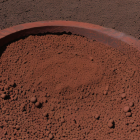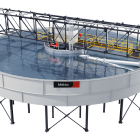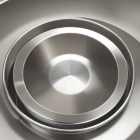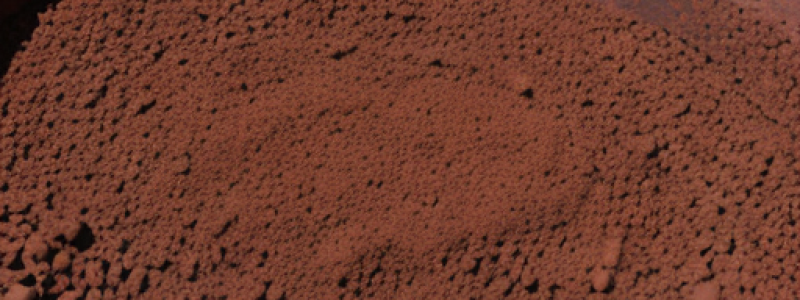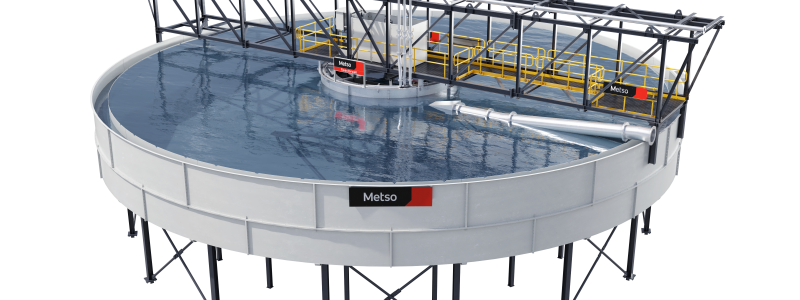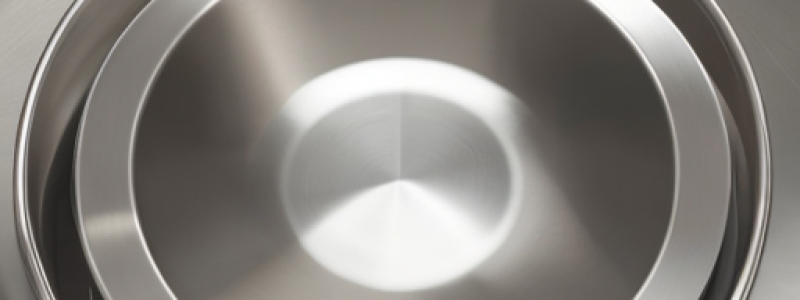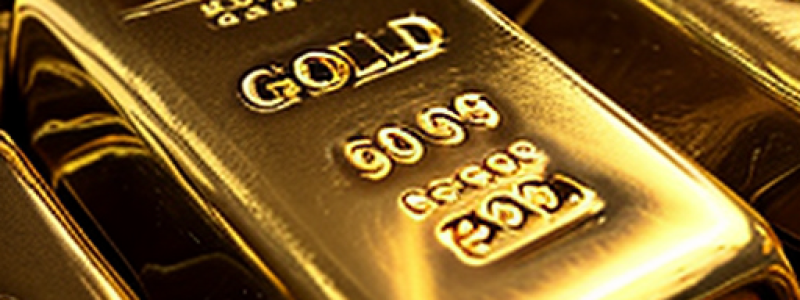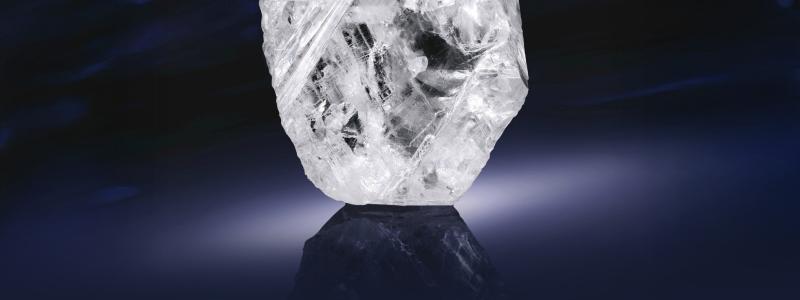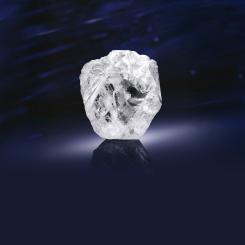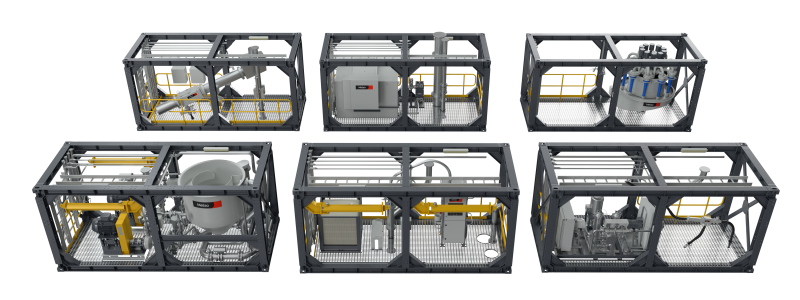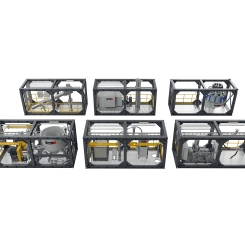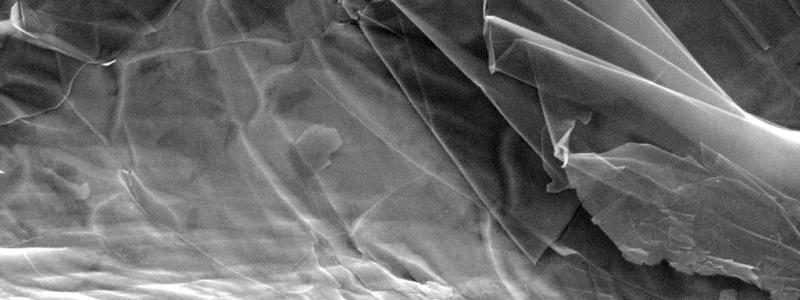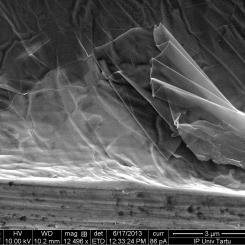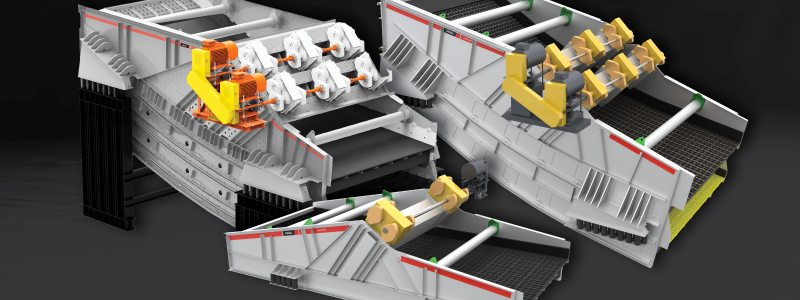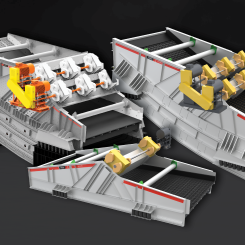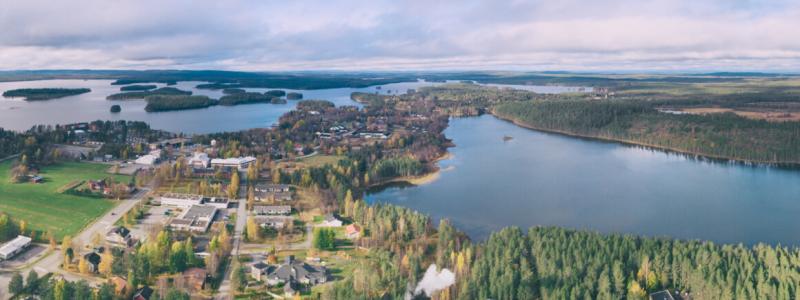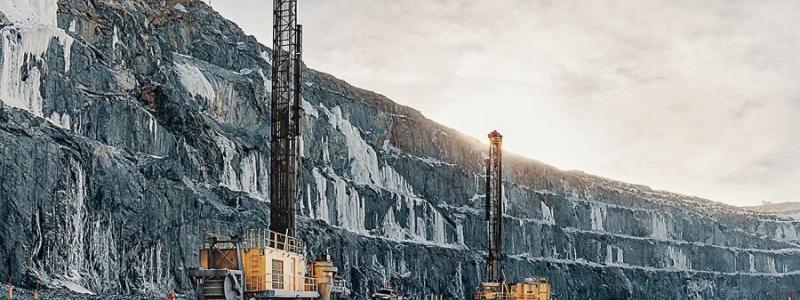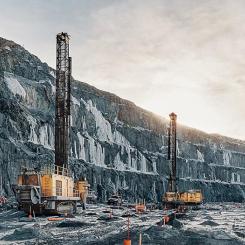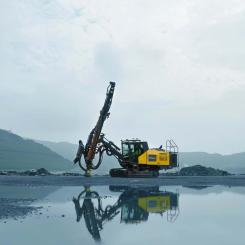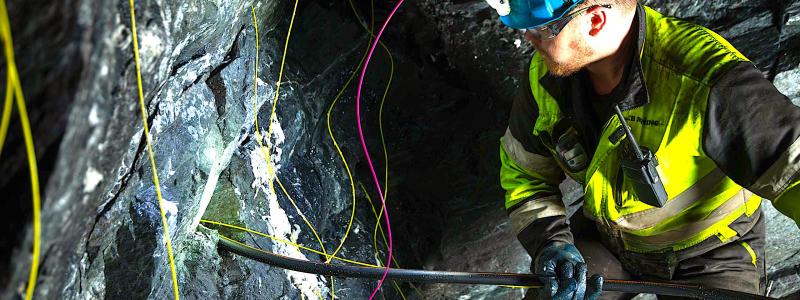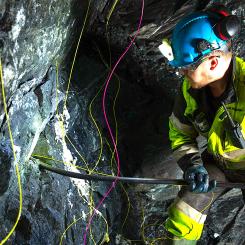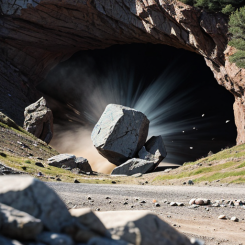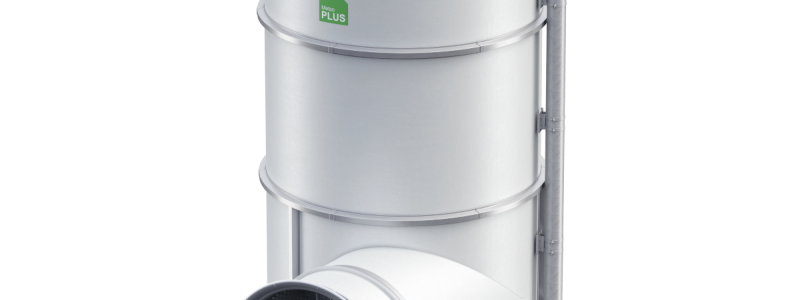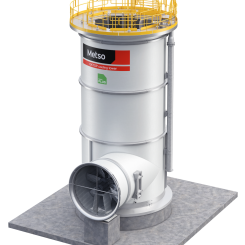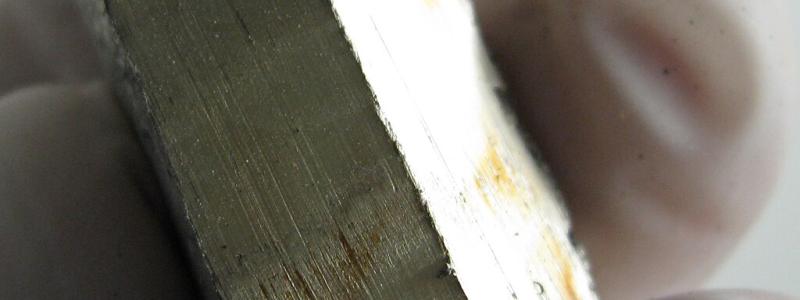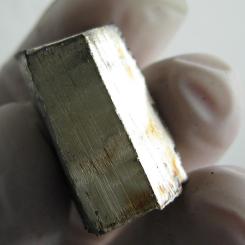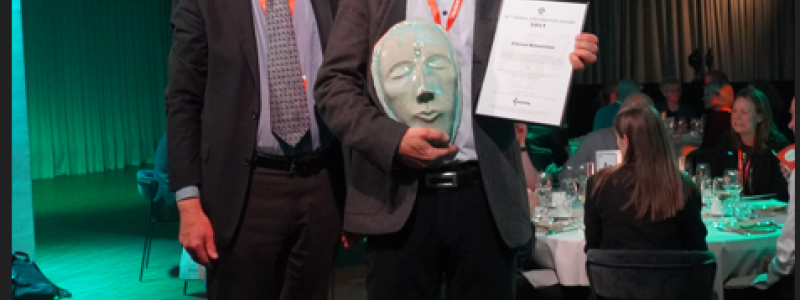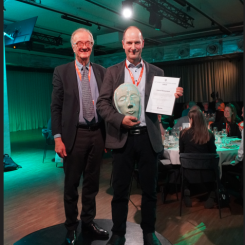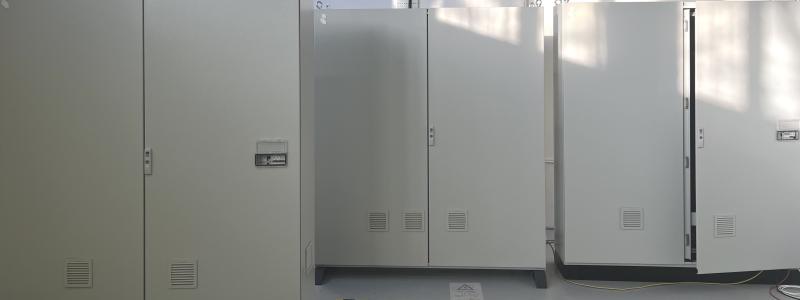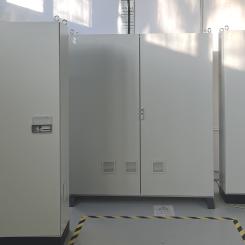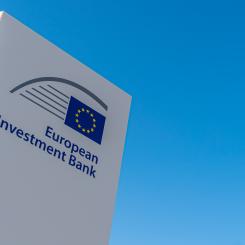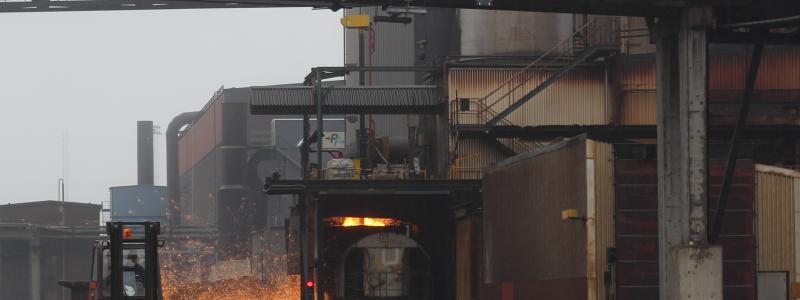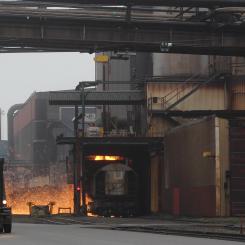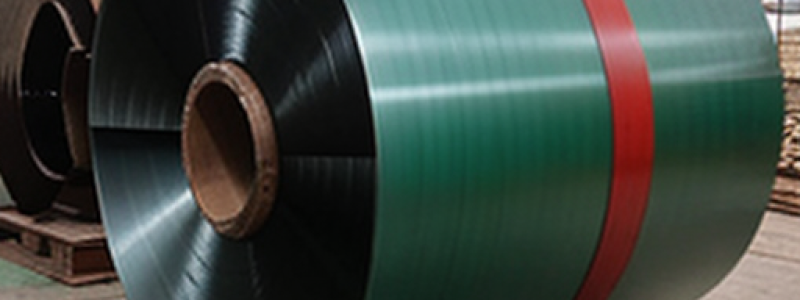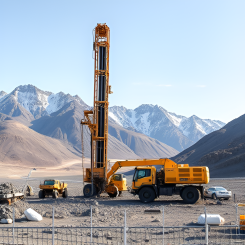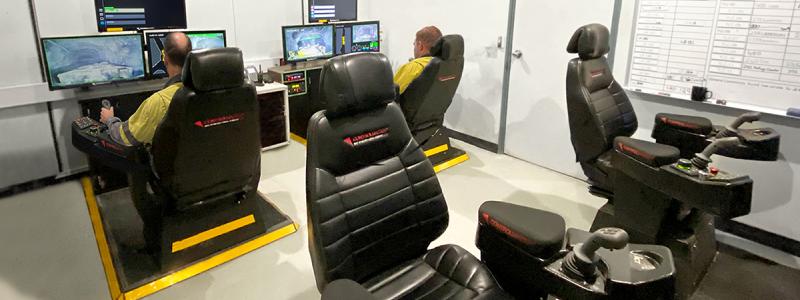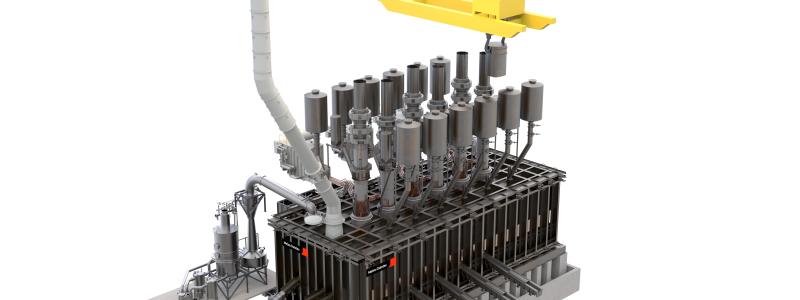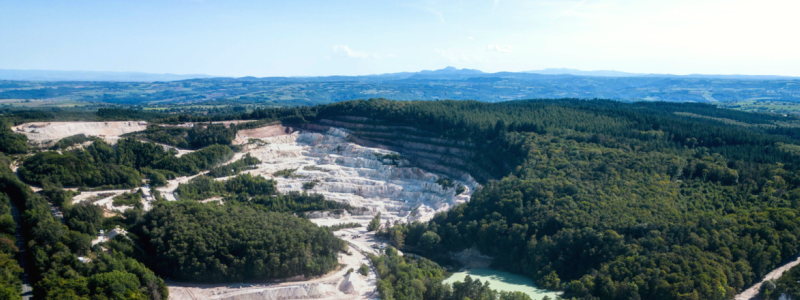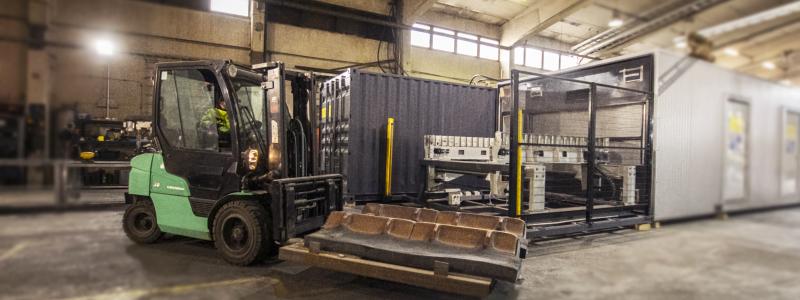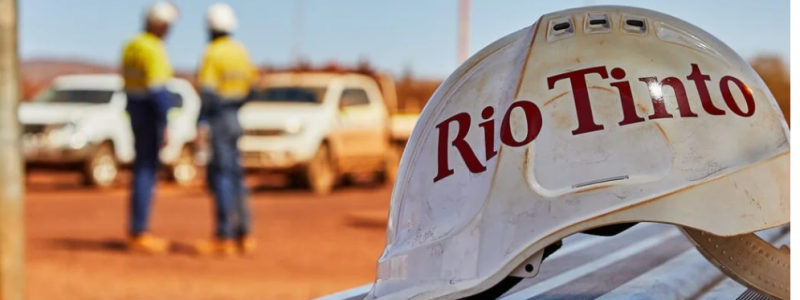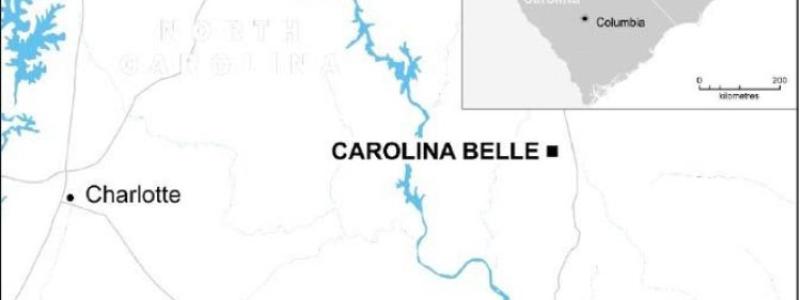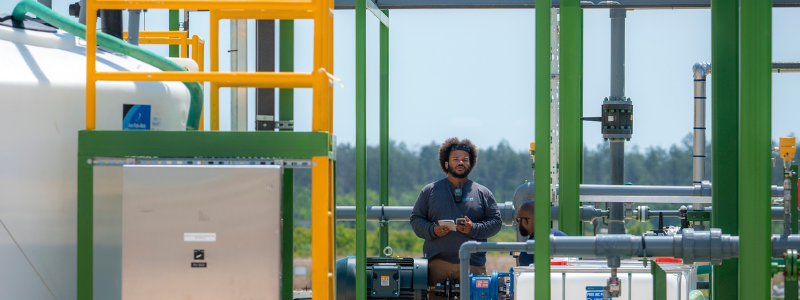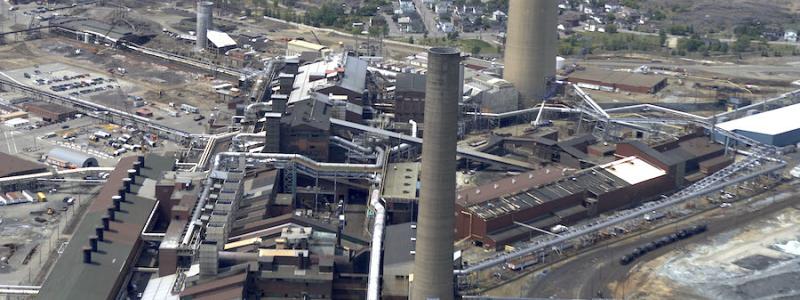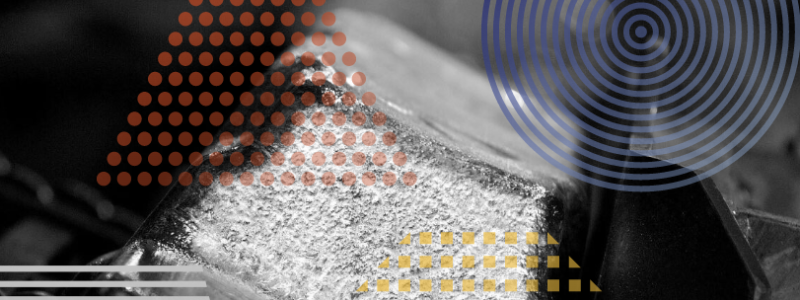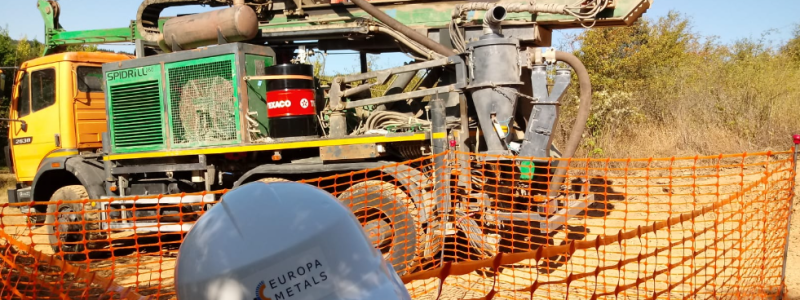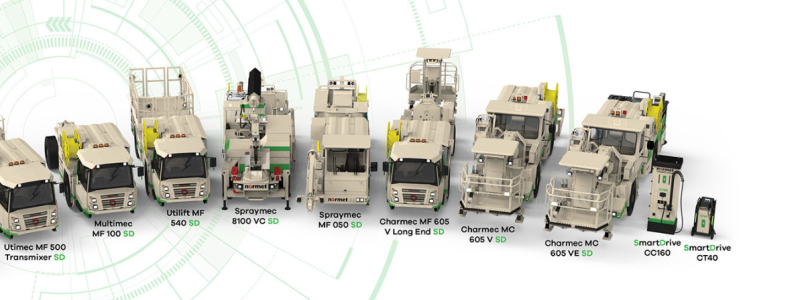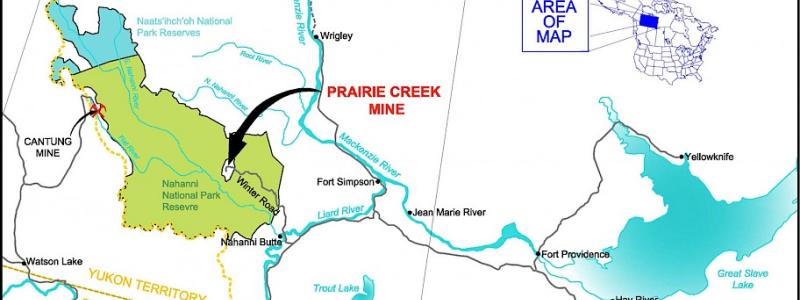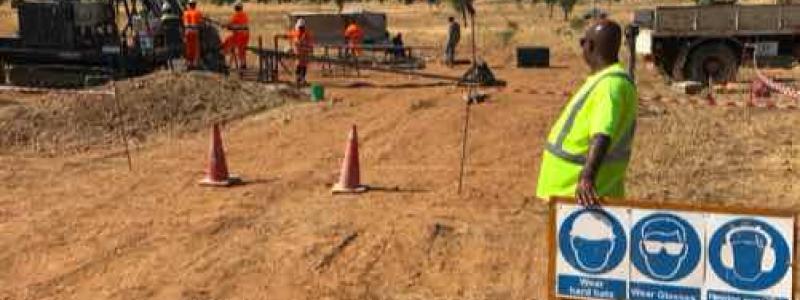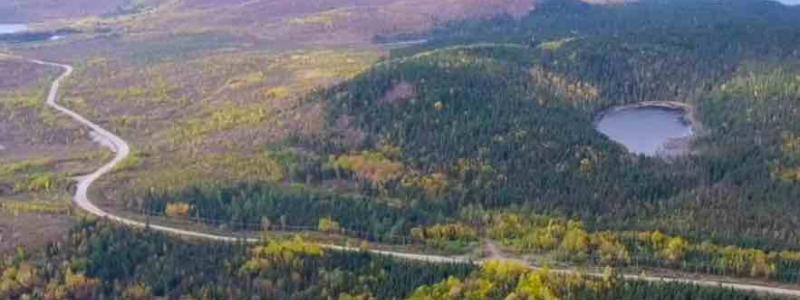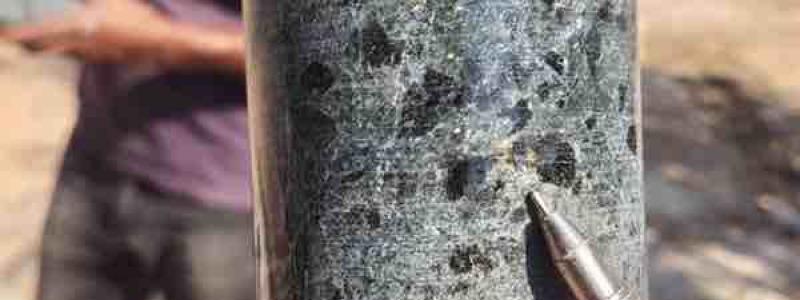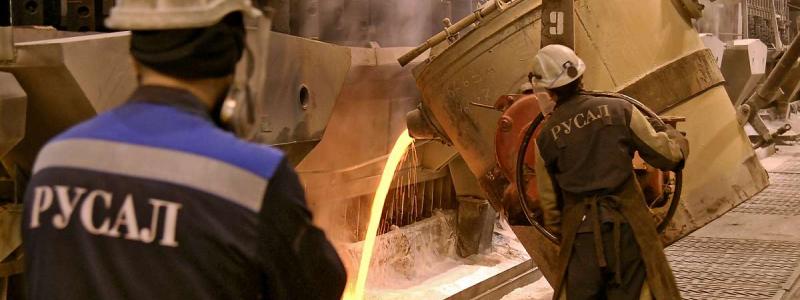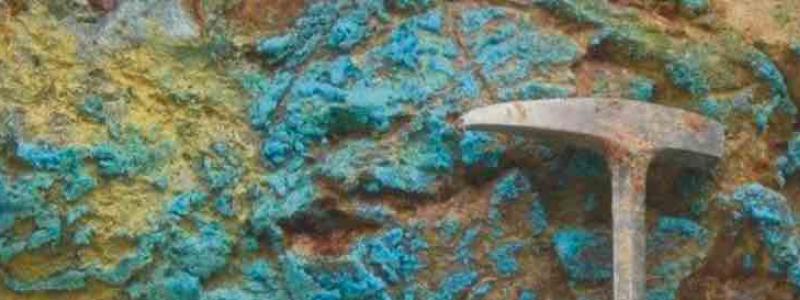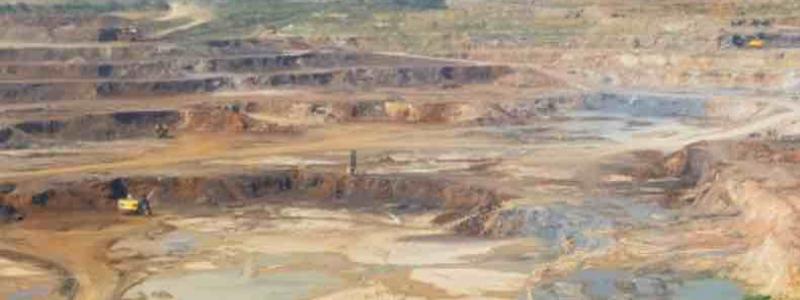Two americium (Am-241) radiation sources have been found among recycled metal in the Outokumpu Tornio steel mills. The americium source made its way to melting on 18 January. On Wednesday 20 February, the radiation source was already detected at the radiation gate when a batch of recycled metal was being brought into the mill area.
Neither of this winter’s incidents caused any danger to employees or the environment, and The Radiation and Nuclear Safety Authority (STUK) was informed quickly.
“These cases are similar to the ones encountered last autumn when several radiation sources were discovered in Tornio among recycled metal shipped from abroad. Because of the global delivery chains, the origin of the sources is difficult to determine,” says Santtu Hellstén, Section Head of Radiation and Nuclear Safety Authority’s Radiation Practices Regulation section.
The latest source ended up in Tornio in a recycled metal batch that was shipped via Rotterdam. This was probably also the route in the case of the previous sources. Rotterdam harbour is an important stopping point for recycled metal, receiving material shipments from many parts of the world.
The new Finnish law requires a safety licence for recurring processing of orphan sources
Recurring processing and storage of orphan radiation sources, i.e., radiation sources whose owner is not known, requires a safety licence granted by the Radiation and Nuclear Safety Authority from this spring onward. Receiving a safety licence requires, among other things, adequate preparedness and competence for radiation measurements so that the licence-holder can detect the radiation sources and act safely when such sources are found.
“The Radiation and Nuclear Safety Authority has also brought up the issue of radiation source management in European radiation safety co-operation bodies. We share the same concern as also this winter, orphan sources have been found also elsewhere in Europe. Our goal is to find more efficient ways of managing the use of radiation sources and prevent the damage caused by orphan sources,” Santtu Hellstén says.
Americium does not end up in steel
Americium is a radioelement used, for instance, in soil density gauges and industrial measuring devices. The scale of the sources that have ended up in melting has been approximately 1–2 Giga becquerels. Americium does not end up in steel manufacturing even when it gets into melting, because it stays in the dross generated as a side product during processing.
Source: STUK


